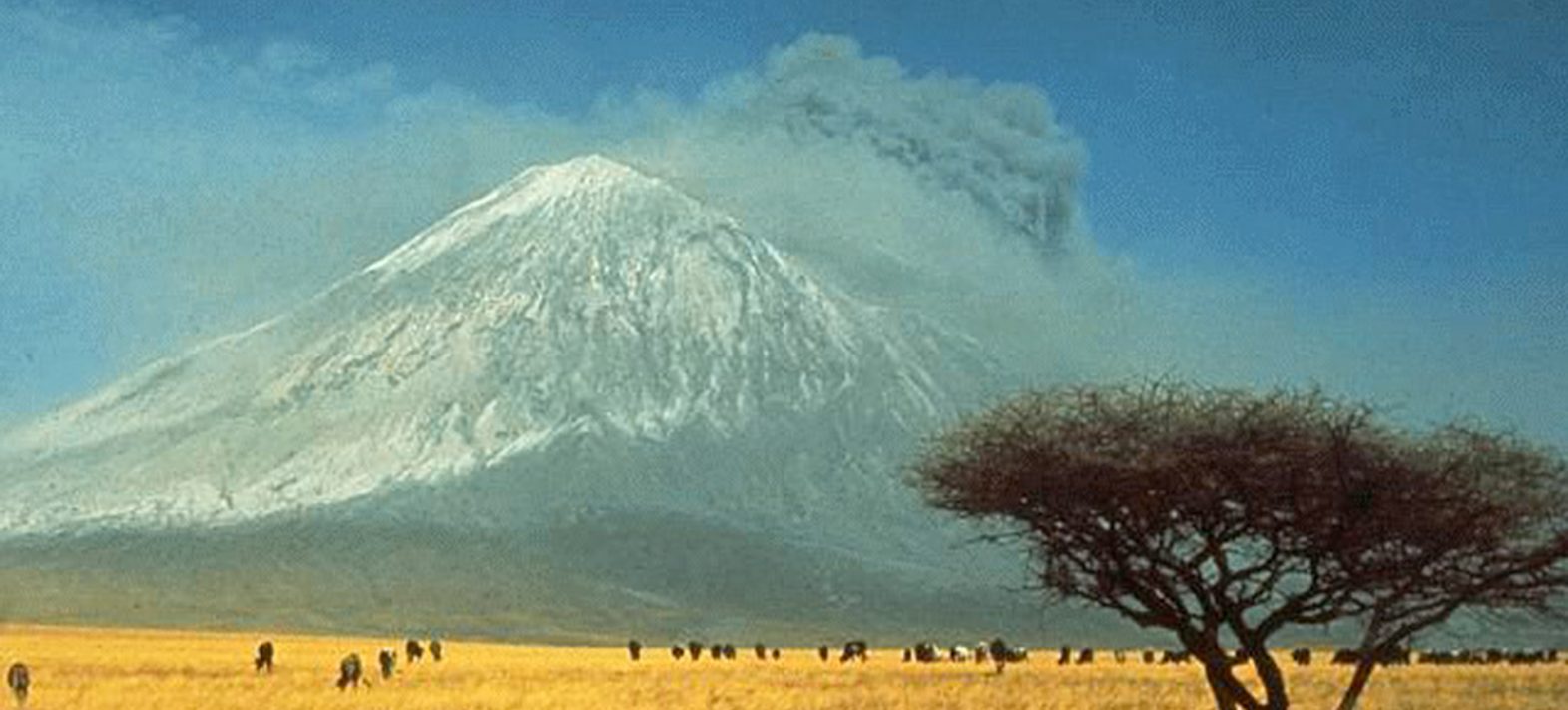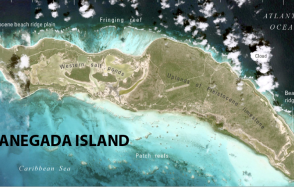Subduction of marine carbonates at the origin of carbonatitic magmatism for over 3 billion years
Scientists at the Institut de Physique du Globe de Paris (University of Paris, IPGP, CNRS) have for the first time demonstrated the link between the subduction of marine sediments and the calcium enrichment of certain specific magmas: carbonatitic magmas.

Publication date: 04/06/2020
Press, Research
Related teams :
Cosmochemistry, Astrophysics and Experimental Geophysics (CAGE)
Related themes : Origins








